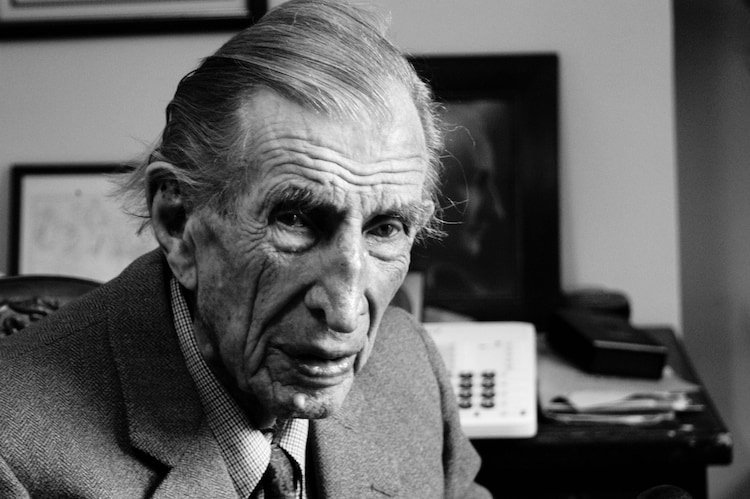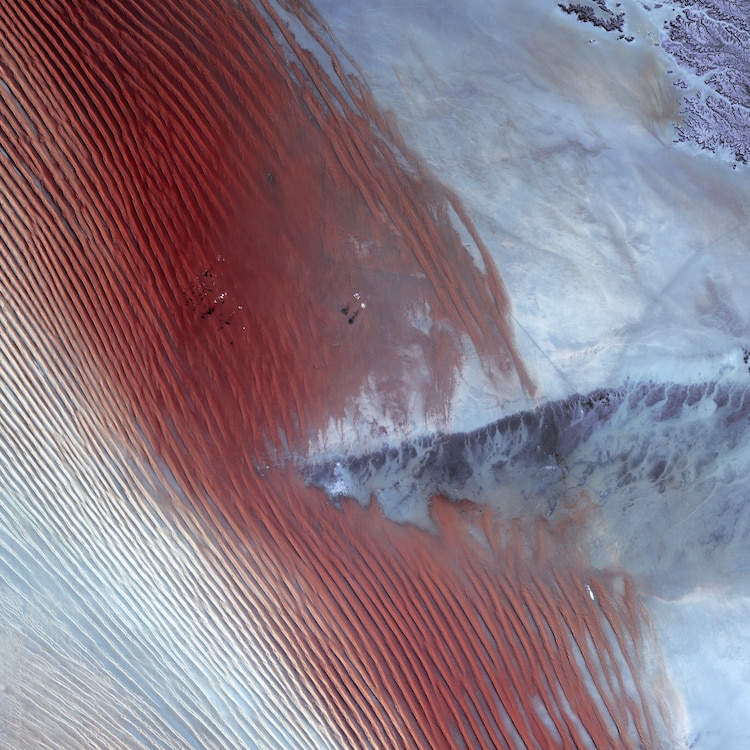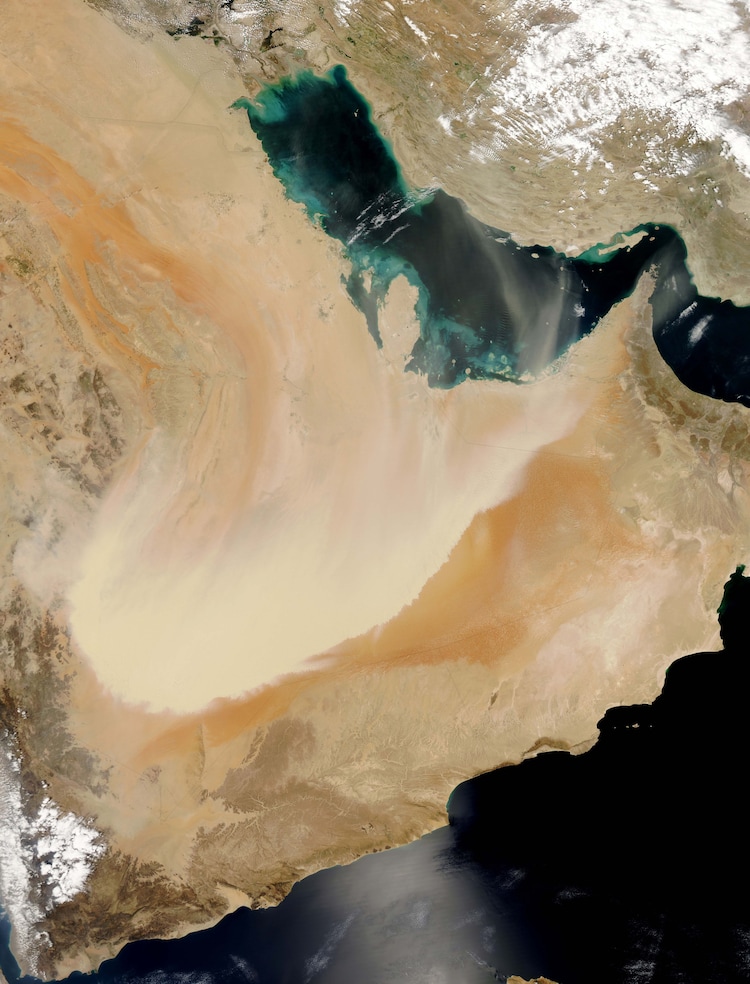What is there in the world’s most dangerous desert Rub al-Khali, which swallowed a man from Telangana?
Hungry and thirsty and miles from civilization, the two men end up in the Rub’ al-Khali desert in Saudi Arabia; it’s one of the most dangerous deserts in the world.
In short
- The bodies of two people were recovered this week in the Rub al-Khali desert.
- Rub al-Khali is the most dangerous desert in the world
- This desert, also known as the Empty Quarter, is located in Saudi Arabia, Oman, Yemen and the United Arab Emirates
“To return to the Empty Quarter would be to answer a challenge, and to remain there long would be to test myself to the limit. Much of it had not yet been discovered. It was one of the very few places where I could satisfy the desire to go where others had not gone… The Empty Quarter gave me a chance to win a reputation as a traveler; but I believed it could give me even more, that in those empty wastelands I could find the peace that comes from solitude, and among the Bedu, brotherhood in a hostile world,” writes Wilfred Thesiger. Arabian SandsA book in which the author describes crossing and recrossing the Rub’ al-Khali, or Empty Quarter, between 1946 and 1948.
It took Thesiger ten years to put his journey on paper and finally get his book published. But what Thesiger saw in the Empty Quarter 80 years ago bears little resemblance to what is in the Empty Quarter today: a vast expanse of nothingness; the most dangerous desert in the world. The same desert where tower technician Shahbaz Khan and his colleague lost their lives this week.
Shahbaz, a resident of Telangana, had been working in a telecom company in Saudi Arabia’s Al Hasa region for three years. He had gone to the Rub al-Khali desert with a colleague five days ago. His GPS device malfunctioned. His car ran out of fuel. His phone was not getting signal. Ultimately, all his efforts to reach a safe place went in vain.
Hungry and thirsty and miles from civilization, the two men eventually end up in the desert; one of the most dangerous deserts in the world.
Why does Rub al-Khali enjoy such a reputation?
The answer lies in that word ’empty’. Empty. There is nothing in this desert. It is the largest sandy desert in the world. It stretches over 2,50,00 square miles, which Thesiger completed in two years. Before Thesiger, only two people had crossed the Empty Quarter: Bertram Thomas in 1931; and Harry St. John Philby in 1932. But none of their journeys were like Thesiger’s, who seemed to enjoy punishing himself on his journeys.

Thesiger’s masochistic journeys into the Empty Quarter ensured that he walked barefoot in the desert when shoes were an everyday thing; he chose camels for travel when cars were available; and he spent many years in the desert with his beloved ‘Bedu’ or Bedouin, even though they were highly privileged. What privilege are we talking about? Thesiger was the son of a British minister in Addis Ababa, where he was born in 1910; and his uncle Frederic Thesiger was the Viceroy of India from 1916 to 1921, the time when General Dyer ordered the Jallianwala massacre.
The magic of the cruel land
It was this colonial privilege that inspired Wilfred Thesiger to travel into the harshest climate of the Rub’ al-Khali in search of life, “…this savage land can cast a spell which no temperate climate can rival.”
It was the 1940s. It was a time when the world was fighting the Second World War, but millions of metres away in the desert, Thesiger was preparing for the crossing.

He relied on the wisdom of the Bedouins to create his own maps as he crossed the vast expanse of uninhabited desert. This was a time before advanced GPS devices. There are hardly any landmarks in the desert even today, let alone 80 years ago when Thesiger crossed it.
Thesiger writes of the desert, “Individual dunes, two or three hundred feet high, rose at random from the surface of the desert. These enormous heaps of sand, caused by the vagaries of the winds blowing there, conform to no known law of sand formation.”

Here, when the carpet is pulled aside for a human to sit on, the creatures hidden underneath are examined, ‘…revealing a large yellowish-green scorpion which is found in abundance in the sand wherever there is vegetation’. The desert is also home to horned vipers, burrowing snakes and boas. Oh, and a few ‘harmless spiders’.
infamous sabkhaas
The Empty Quarter is also known for its sabkhas or salt plains. These are areas of the desert where the sea surrounded the land and then evaporated to form salt deposits. The salt plains are located between the dunes and present a major challenge to anyone driving through them.
Razia Ali, a geophysicist and math teacher who crossed the Empty Quarter in February 2023, writes of the sabkhas, “Driving in the sabkhas was a difficult experience. Some parts of these sabkhas are so soft that cars can get stuck in the soft sand, and they stretch for several kilometers.”

Ali’s biggest challenge in the desert, eight decades after Thesiger’s crossing, was the lack of internet in the Empty Quarter. “…It’s like cutting the umbilical cord and leaving you without food and oxygen. People of this century are slaves to social media. We can’t sleep without surfing social media, we can’t get out of bed without browsing WhatsApp, Instagram, TikTok, Snapchat, YouTube and other apps,” writes Ali in the Medium post.
Extreme heat, navigation difficulties, lack of help at hand, sliding sand dunes, lack of food and water, loneliness – all of these things make the Rub al-Khali one of the scariest places in the world. In the twenty-first century, we have technology to fall back on. But in the desert, you are just a poor GPS signal away from death.







